Introduction: Why Greywater Systems Matter
With rising water costs and increasing environmental awareness, more homeowners are exploring sustainable solutions for household water usage. Greywater systems—setups that capture lightly used water from showers, sinks, and laundry for irrigation or toilet flushing—offer a practical way to reduce water waste and utility bills. But installing a greywater system isn’t as simple as rerouting a pipe. Success depends on careful planning, knowledge of plumbing best practices, local regulations, and ongoing maintenance. This comprehensive guide will walk you through every step of setting up a DIY greywater system, from choosing the right plumbing layout and securing permits, to ensuring safety and keeping your system running smoothly for years to come. Whether you’re planning a simple laundry-to-landscape project or a more advanced whole-home setup, you’ll find actionable advice here to avoid costly mistakes and maximize your water-saving investment.
Understanding Greywater: Sources and Uses
What Counts as Greywater?
Greywater is gently used water from bathroom sinks, showers, bathtubs, and washing machines. Unlike blackwater (toilet wastewater or kitchen sink water), greywater contains minimal contaminants and is generally safe for non-potable reuse. Avoid using water from kitchen sinks or dishwashers, as they can carry food particles, grease, and harmful pathogens.
- Common Sources: Bathroom sinks, showers, bathtubs, laundry machines (excluding diaper loads).
- Common Uses: Landscape irrigation, subsurface garden watering, toilet flushing (with proper filtration).
Benefits of a Greywater System
- Reduces potable water demand by recycling household water for outdoor or secondary indoor use.
- Lowers water bills—especially in drought-prone regions.
- Supports sustainable landscaping by providing consistent irrigation without increasing overall water consumption.
- Decreases strain on municipal wastewater systems.
Planning Your Greywater System
Assess Your Site and Water Needs
Start by evaluating your household’s water use and landscape layout. Determine the daily volume of greywater available and where it will be most beneficial. For example, if you do frequent laundry, a laundry-to-landscape system might be ideal. For broader reuse, a whole-house system can capture water from multiple fixtures.
- Inventory all potential greywater sources in your home.
- Estimate daily water output from each source.
- Identify irrigation zones or toilets that could benefit from greywater reuse.
- Ensure adequate soil drainage in your yard to prevent pooling or runoff.
Choosing the Right System Type
- Simple Diverter Systems: Direct greywater from a single source (e.g., washing machine) to landscape beds via a manual or automatic diverter valve.
- Branch Drain Systems: Capture water from multiple bathroom fixtures and distribute it through subsurface irrigation using gravity-fed pipes.
- Pumped or Filtered Systems: Collect greywater in a holding tank, filter it to remove solids, and pump it to irrigation or toilet lines. These systems are more complex and require careful design, filtration, and periodic cleaning.
Permits, Codes, and Compliance
Understanding Local Regulations
Greywater systems are subject to plumbing codes and health regulations. Permits may be required, and system design must comply with local or state standards. Before starting, consult your city or county building department for:
- Plumbing and health code requirements for greywater systems
- Approved system types and installation methods
- Setback rules from wells, property lines, and buildings
- Permit application process and inspection scheduling
Common Permit Pitfalls
- Installing a system without a required permit—can lead to fines and forced removal.
- Using unapproved materials or methods—some jurisdictions ban flexible hoses or require specific pipe types.
- Failing to provide maintenance access—inspection ports or cleanouts are often mandated.
Plumbing Layout and Materials
Key Plumbing Principles for Greywater
Greywater plumbing must keep potable and non-potable water strictly separated to prevent cross-contamination. Use clearly labeled pipes, backflow prevention devices, and easily accessible valves. All plumbing work should follow UPC (Uniform Plumbing Code) or IPC (International Plumbing Code) standards as applicable.
Recommended Materials and Tools
- Piping: Use new, solid-wall PVC or HDPE pipes (typically 1″–2″ diameter) for main lines. Flexible irrigation tubing may be allowed for subsurface dispersal.
- Valves: Install diverter valves (manual or automatic) to switch between greywater reuse and sewer systems.
- Filters: Simple mesh screens or specialized greywater filters prevent hair, lint, and debris from clogging the system.
- Backflow Preventers: Required to protect the potable supply from cross-contamination.
- Fittings: Use slip or solvent-welded PVC fittings; ensure all connections are watertight.
- Basic Tools: PVC cutter, pipe wrenches, Teflon tape, pipe primer and cement, screwdrivers, and safety gloves.
Designing Your Plumbing Layout
- Map the shortest, most direct route from source fixture to irrigation or reuse area.
- Incorporate cleanouts at accessible points for future maintenance.
- Maintain continuous downward slope (ideally 2% or more) to prevent standing water in pipes.
- Label all greywater pipes clearly and avoid crossovers with potable lines.
Step-by-Step: Installing a Basic Laundry-to-Landscape Greywater System
1. Shut Off and Inspect
Turn off the washing machine’s water supply. Inspect the existing drain line and utility area for access points.
2. Install a Diverter Valve
- Cut into the washing machine drain line using a PVC cutter.
- Install a three-way diverter valve. One outlet continues to the sewer; the other runs to your greywater piping.
- Secure all fittings with primer and PVC cement. Check for leaks before proceeding.
3. Route and Secure Greywater Piping
- Attach solid-wall PVC pipe to the diverter valve and route it outside, maintaining a steady downward slope.
- Use pipe clamps or brackets to secure the pipe along walls or joists.
- Seal any exterior wall penetration with weatherproof caulking.
4. Add Basic Filtration
- Install a mesh lint filter or in-line screen immediately after the diverter valve.
- Clean the filter regularly to prevent blockages.
5. Distribute Water to Landscape
- Connect the main pipe to a series of 1″–2″ mulch basins or subsurface irrigation lines in your garden beds.
- Ensure water outlets are covered by mulch and at least 2 inches below the soil surface to minimize human contact and evaporation.
- Avoid irrigating edible root crops or areas accessible to children and pets.
6. Test and Adjust
- Run a test cycle on the washing machine to check for leaks and proper distribution.
- Adjust pipe slopes or outlet placement as needed for even flow.
- Switch the diverter valve back to the sewer during heavy rain or winter to avoid oversaturating the soil.
Maintenance Best Practices
Regular Inspection and Cleaning
- Check filters and screens at least monthly; clean or replace as needed.
- Inspect pipes for leaks, blockages, or signs of wear every few months.
- Flush the system with clean water annually to remove sediment buildup.
Troubleshooting Common Issues
- Odors: Usually indicate stagnant water or organic buildup. Clean filters, check for standing water, and flush pipes.
- Clogs: Remove and rinse filters; run a plumber’s snake through blocked pipes if needed.
- Slow flow: Check slope, clear blockages, and verify all valves are open.
Seasonal Adjustments
- Divert greywater to the sewer during freezing weather to prevent pipe damage.
- Monitor soil saturation during rainy seasons to avoid runoff or root rot.
Safety and Health Considerations
Safe Operation Guidelines
- Never store greywater for more than 24 hours—use it immediately to prevent bacterial growth.
- Do not use greywater on edible crops that are eaten raw or grow underground (e.g., carrots, potatoes).
- Use only biodegradable, low-salt, low-phosphate soaps and detergents to protect soil and plants.
- Keep children and pets away from irrigation zones and exposed outlets.
- Wear gloves and eye protection during installation and maintenance.
When to Call a Professional
- If your design includes pumps, large holding tanks, or complex filtration, consult a licensed plumber or greywater specialist.
- If you encounter persistent leaks, backflow, or system failures, seek expert help to avoid health hazards or code violations.
Cost Breakdown and Budgeting Tips
- Basic Laundry-to-Landscape: $150–$500 in materials (pipes, valves, filters, fittings), plus permits if required.
- Branch Drain Systems: $500–$2,000 depending on fixture count and landscape size.
- Pumped/Filtered Systems: $2,000–$5,000+ for tanks, pumps, advanced filters, and professional installation.
- Permit Fees: $50–$300 depending on region and system type.
DIY installation can save significantly on labor, but always budget for unexpected repairs or upgrades. Start small—many homeowners expand their systems after gaining confidence with a basic setup.
Conclusion: Sustainable Water Use Starts at Home
Greywater systems empower homeowners to reduce water consumption, lower utility bills, and cultivate greener landscapes with minimal environmental impact. By carefully planning your system, complying with local codes, and following robust plumbing and safety practices, you can enjoy reliable greywater reuse for years to come. Remember: the key to a successful system is regular maintenance—clean filters, inspect pipes, and monitor your irrigation zones to prevent issues before they escalate. While some setups are simple enough for confident DIYers, don’t hesitate to consult professionals for advanced projects or complex plumbing work. Most importantly, stay informed about evolving codes and best practices, as greywater regulations and technologies continue to advance. By investing in your own greywater system, you’re not just saving money—you’re contributing to a more resilient, sustainable future for your home and community.
Ready to take the next step? Research your local codes, sketch your system layout, and start with a basic laundry-to-landscape installation. With the right information and tools, you can make every drop count.
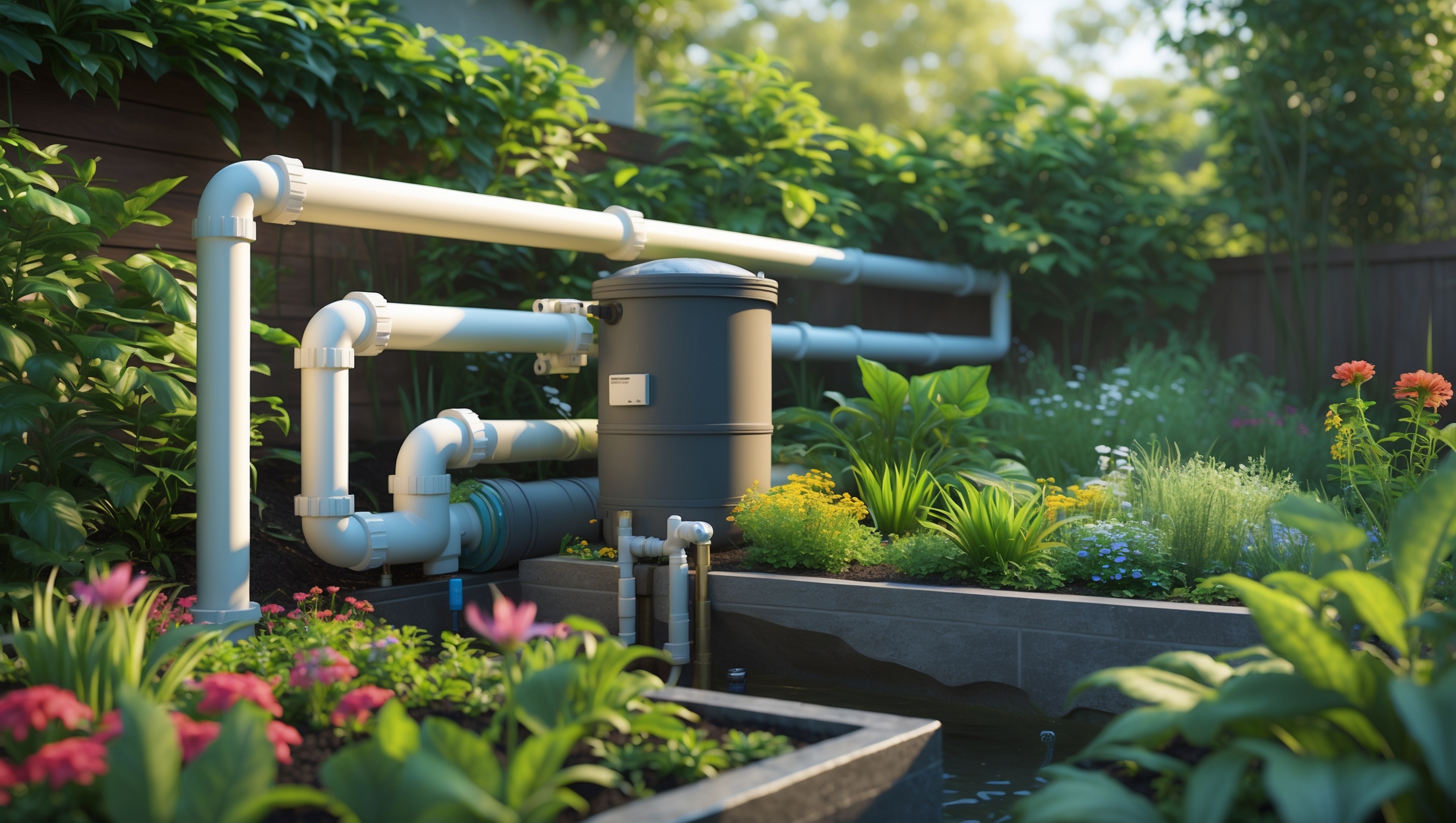
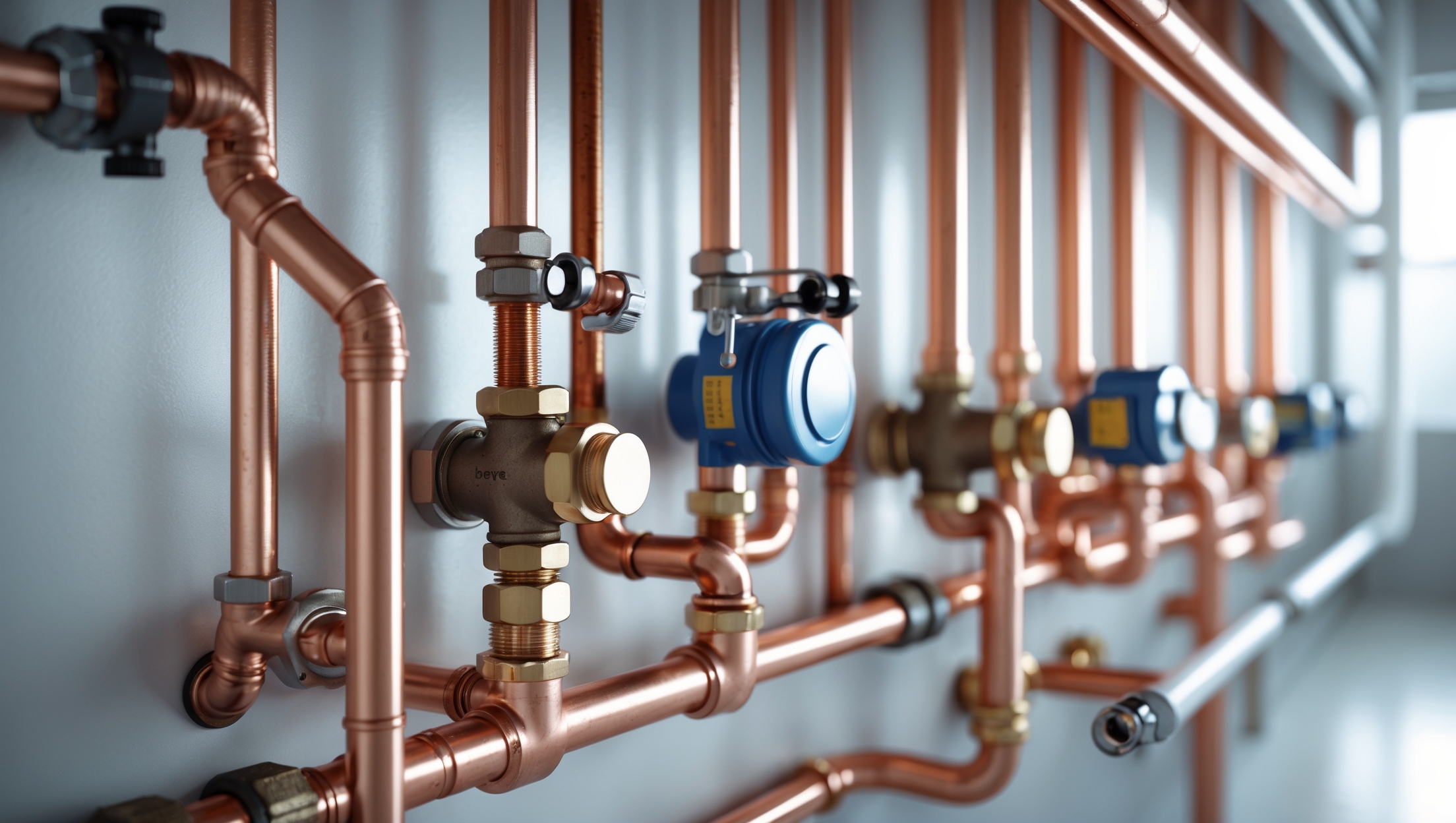


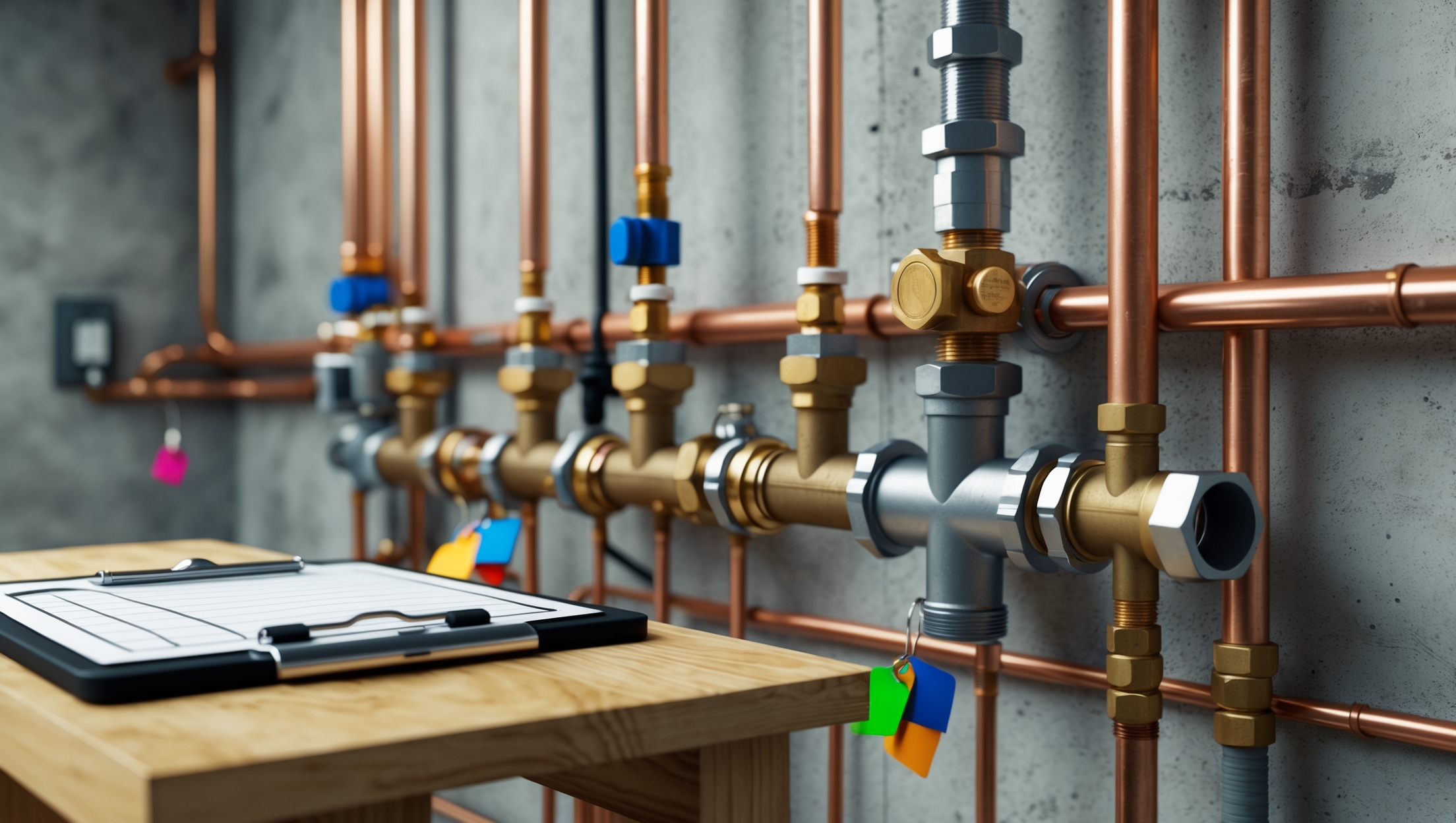
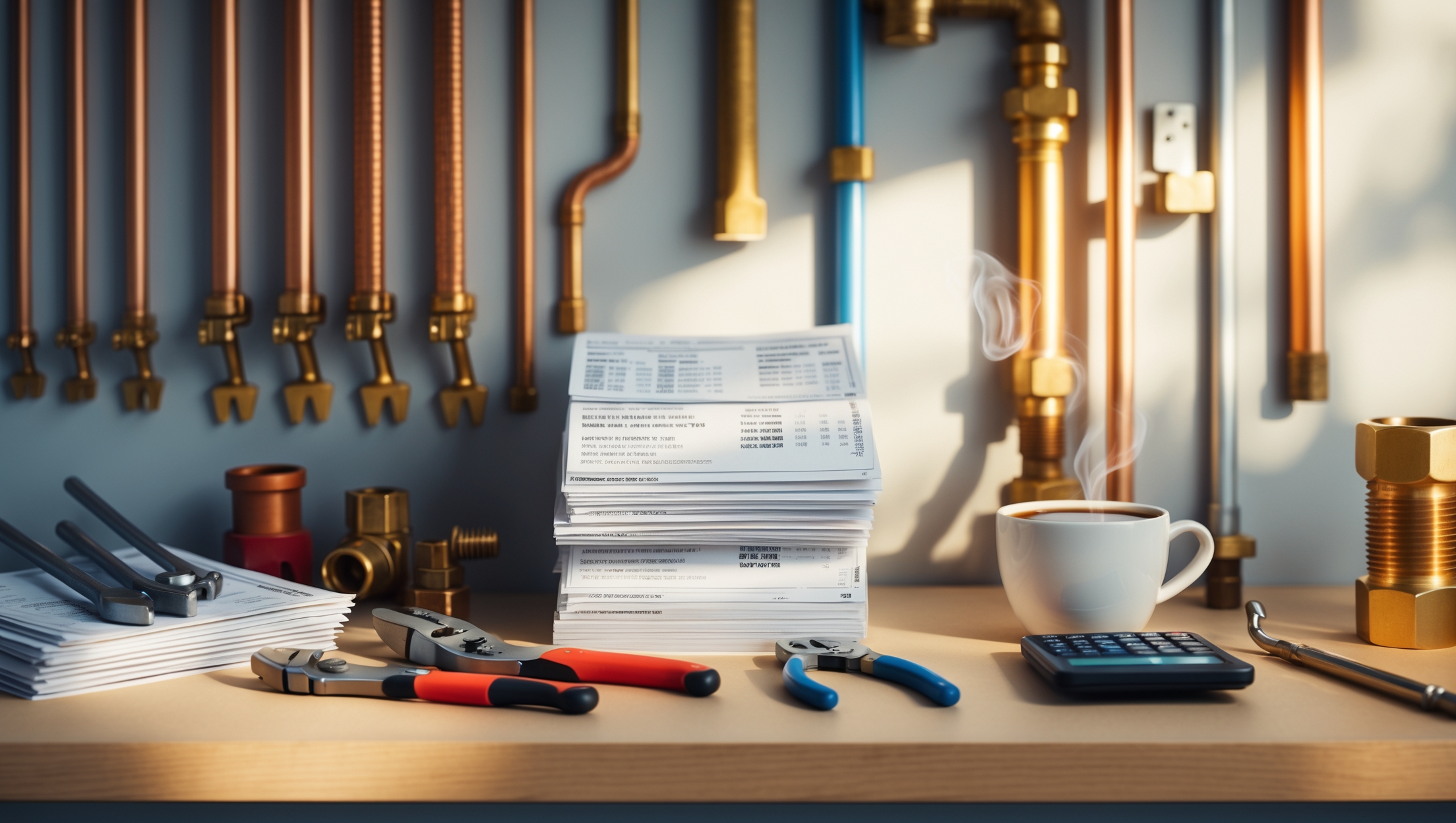
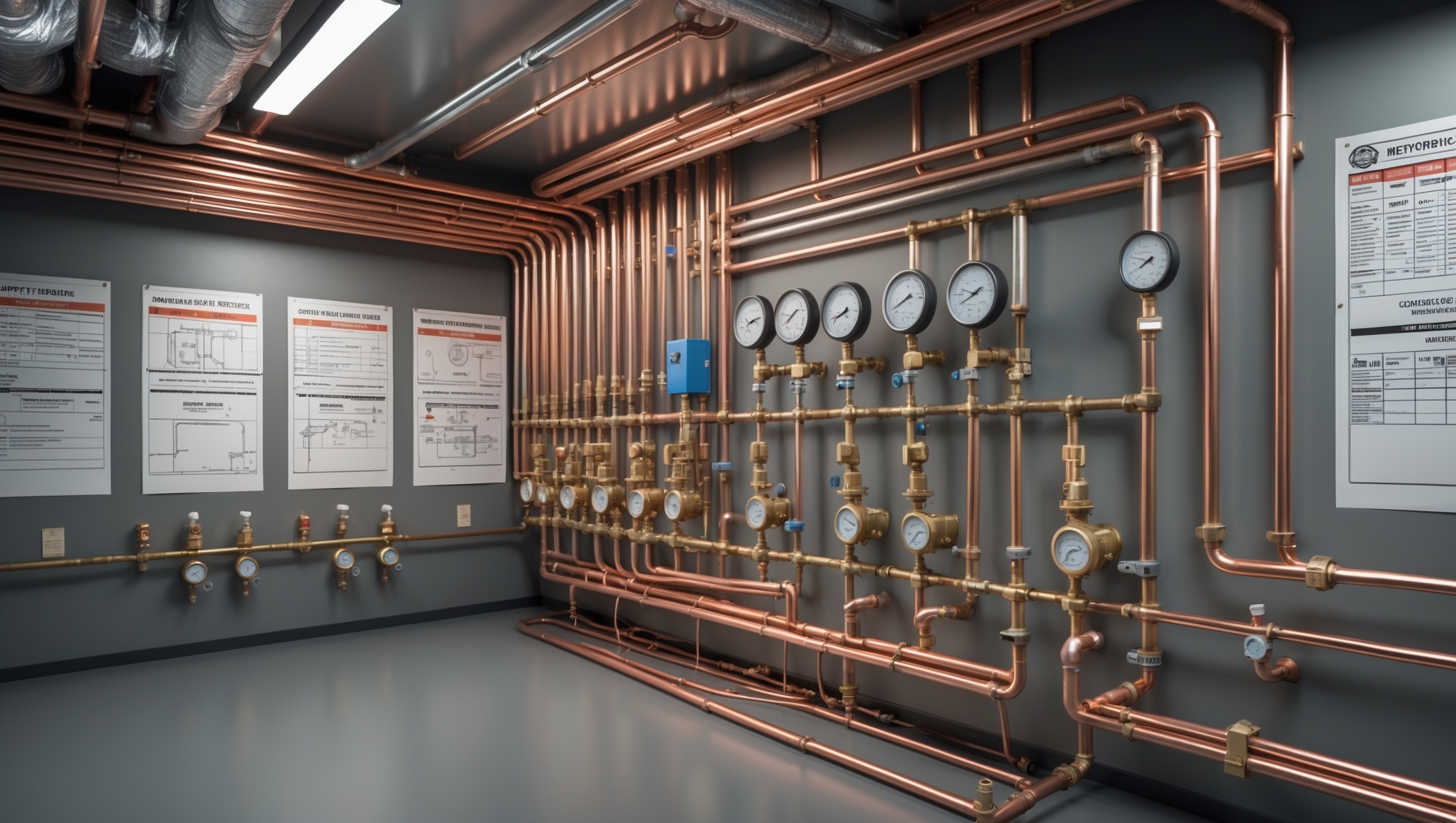
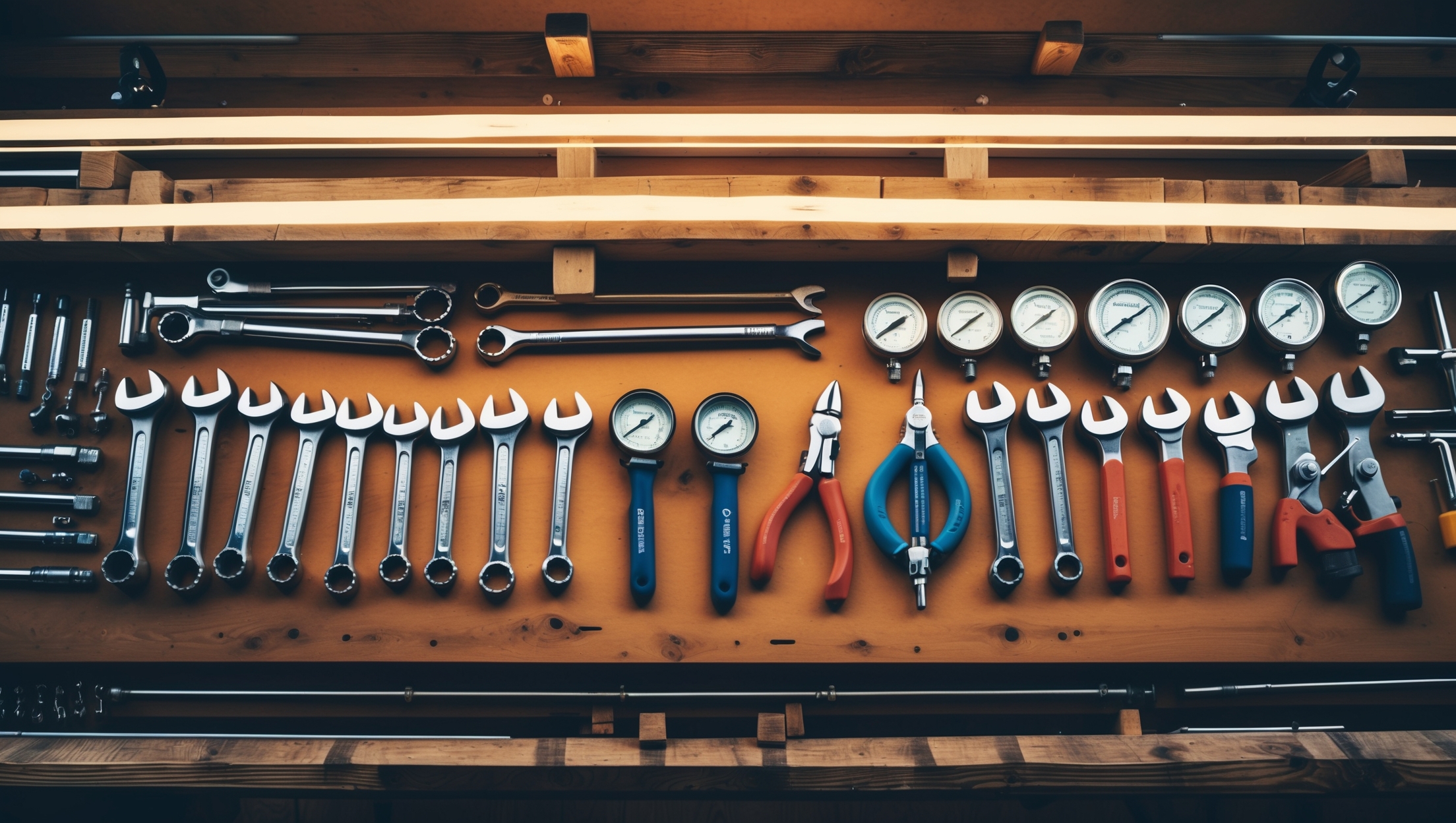

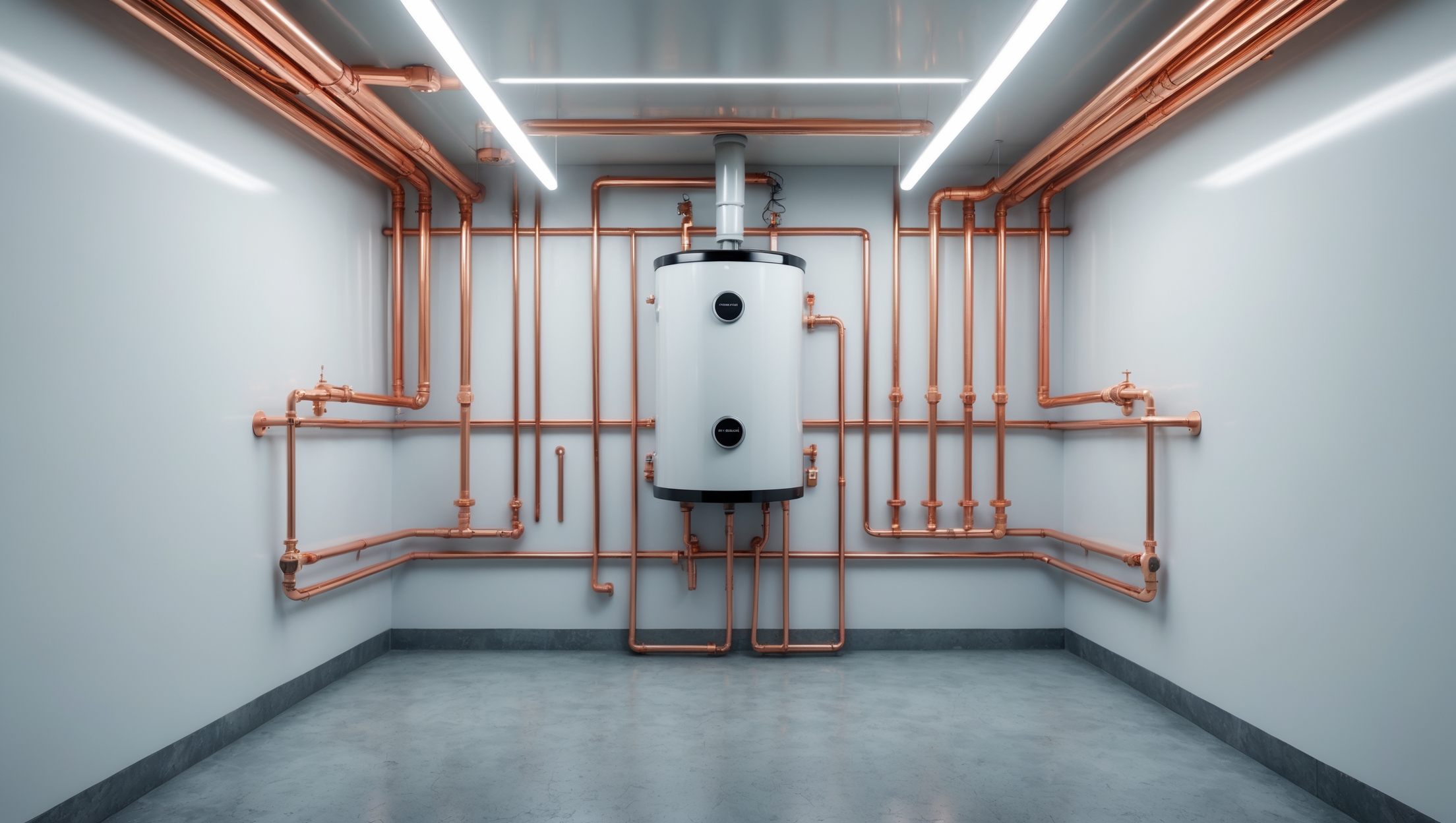
Anthony Lee
If local code says kitchen sink water can’t be used, what are the main safety or contamination risks that set it apart from bathroom or laundry greywater?